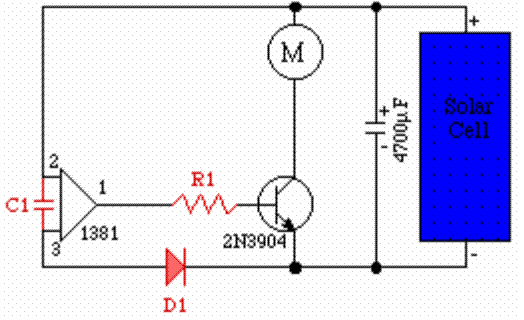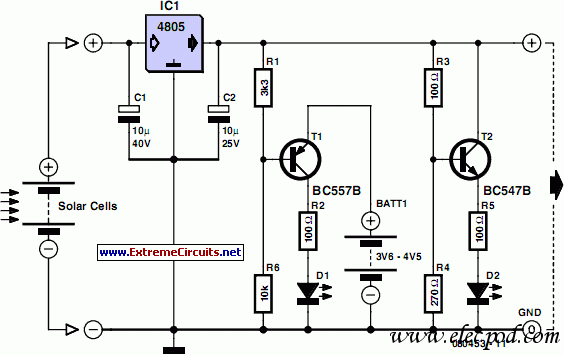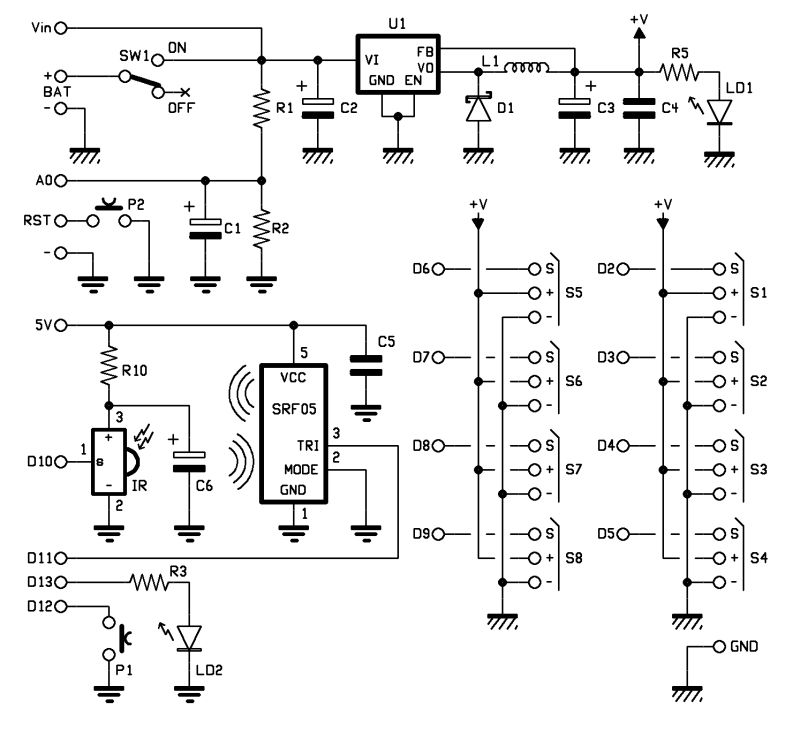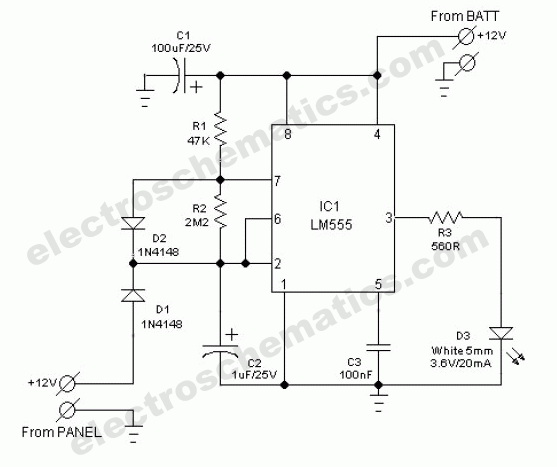
Solar Powered Robot

Construct a low-cost and relatively simple robot that activates whenever a desk lamp is illuminated. The design does not incorporate any sensors.
This robot can be designed using basic electronic components to create a simple activation mechanism based on light detection. The core of the circuit can include a light-dependent resistor (LDR) as the primary component for detecting light from the desk lamp. The LDR will change its resistance based on the intensity of the light it receives.
In the schematic, the LDR should be connected in a voltage divider configuration with a fixed resistor. The output of this voltage divider can be fed into a transistor, which acts as a switch. When the light from the desk lamp shines on the LDR, the resistance decreases, causing the voltage at the transistor's base to rise. This will turn the transistor on, allowing current to flow from the power supply to the robot's motor or actuator, thereby activating the robot.
A microcontroller can also be integrated into the design to allow for more advanced control features, such as adjusting the sensitivity of the light detection or incorporating additional functionalities like movement patterns. However, for a basic version, the combination of an LDR, a resistor, and a transistor will suffice to create an effective light-activated robot.
Power supply considerations should include a suitable battery or power adapter that matches the voltage requirements of the motor and other components. Additionally, it is advisable to include a diode across the motor terminals to prevent back EMF from damaging the circuit when the motor is turned off.
Overall, this robot provides a straightforward introduction to basic robotics and electronic principles, making it an ideal project for beginners.Make a very cheap, relatively easy to construct robot which will wake up any time you shine a desk lamp on it. There are no sensors on it, although I.. 🔗 External reference
This robot can be designed using basic electronic components to create a simple activation mechanism based on light detection. The core of the circuit can include a light-dependent resistor (LDR) as the primary component for detecting light from the desk lamp. The LDR will change its resistance based on the intensity of the light it receives.
In the schematic, the LDR should be connected in a voltage divider configuration with a fixed resistor. The output of this voltage divider can be fed into a transistor, which acts as a switch. When the light from the desk lamp shines on the LDR, the resistance decreases, causing the voltage at the transistor's base to rise. This will turn the transistor on, allowing current to flow from the power supply to the robot's motor or actuator, thereby activating the robot.
A microcontroller can also be integrated into the design to allow for more advanced control features, such as adjusting the sensitivity of the light detection or incorporating additional functionalities like movement patterns. However, for a basic version, the combination of an LDR, a resistor, and a transistor will suffice to create an effective light-activated robot.
Power supply considerations should include a suitable battery or power adapter that matches the voltage requirements of the motor and other components. Additionally, it is advisable to include a diode across the motor terminals to prevent back EMF from damaging the circuit when the motor is turned off.
Overall, this robot provides a straightforward introduction to basic robotics and electronic principles, making it an ideal project for beginners.Make a very cheap, relatively easy to construct robot which will wake up any time you shine a desk lamp on it. There are no sensors on it, although I.. 🔗 External reference





